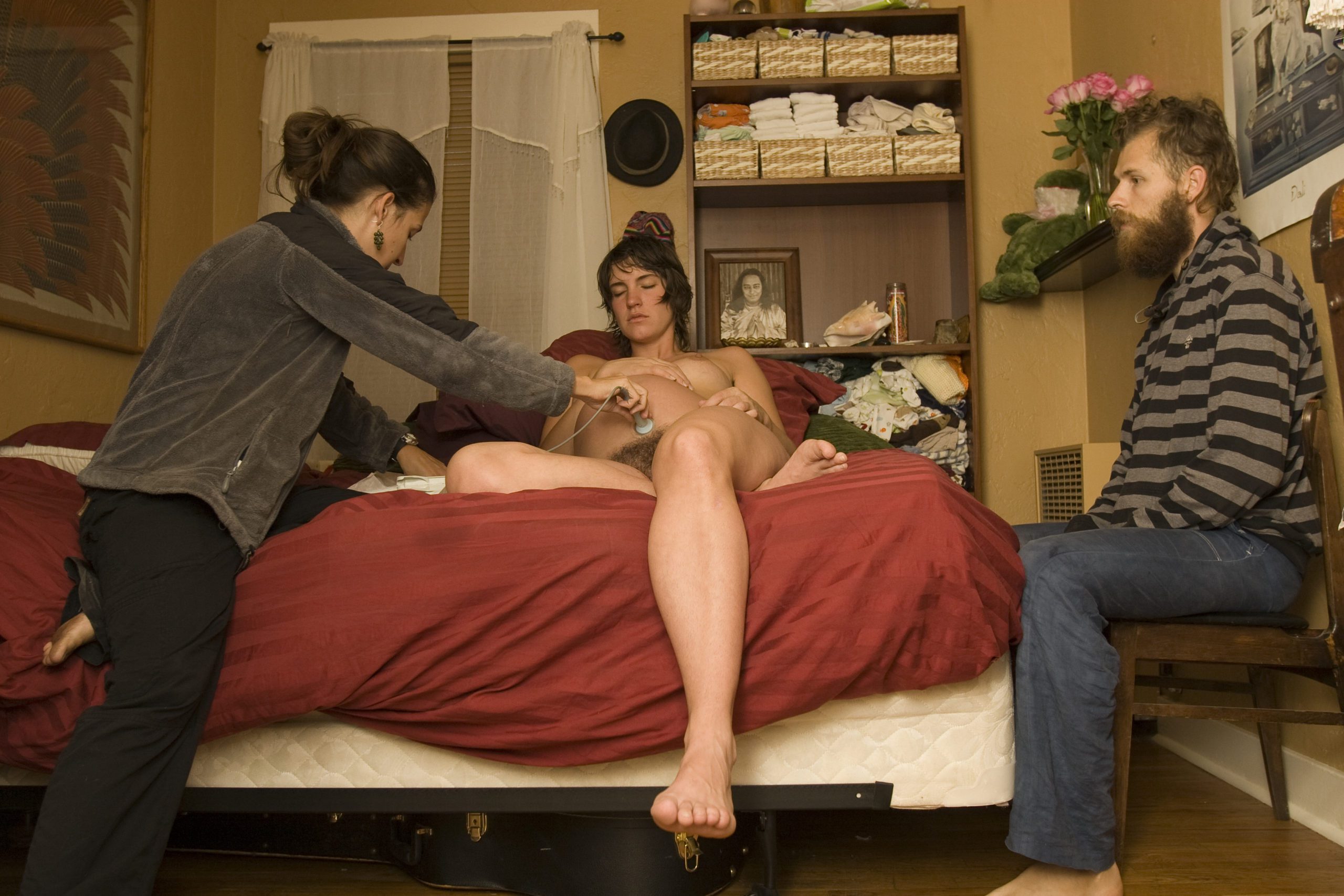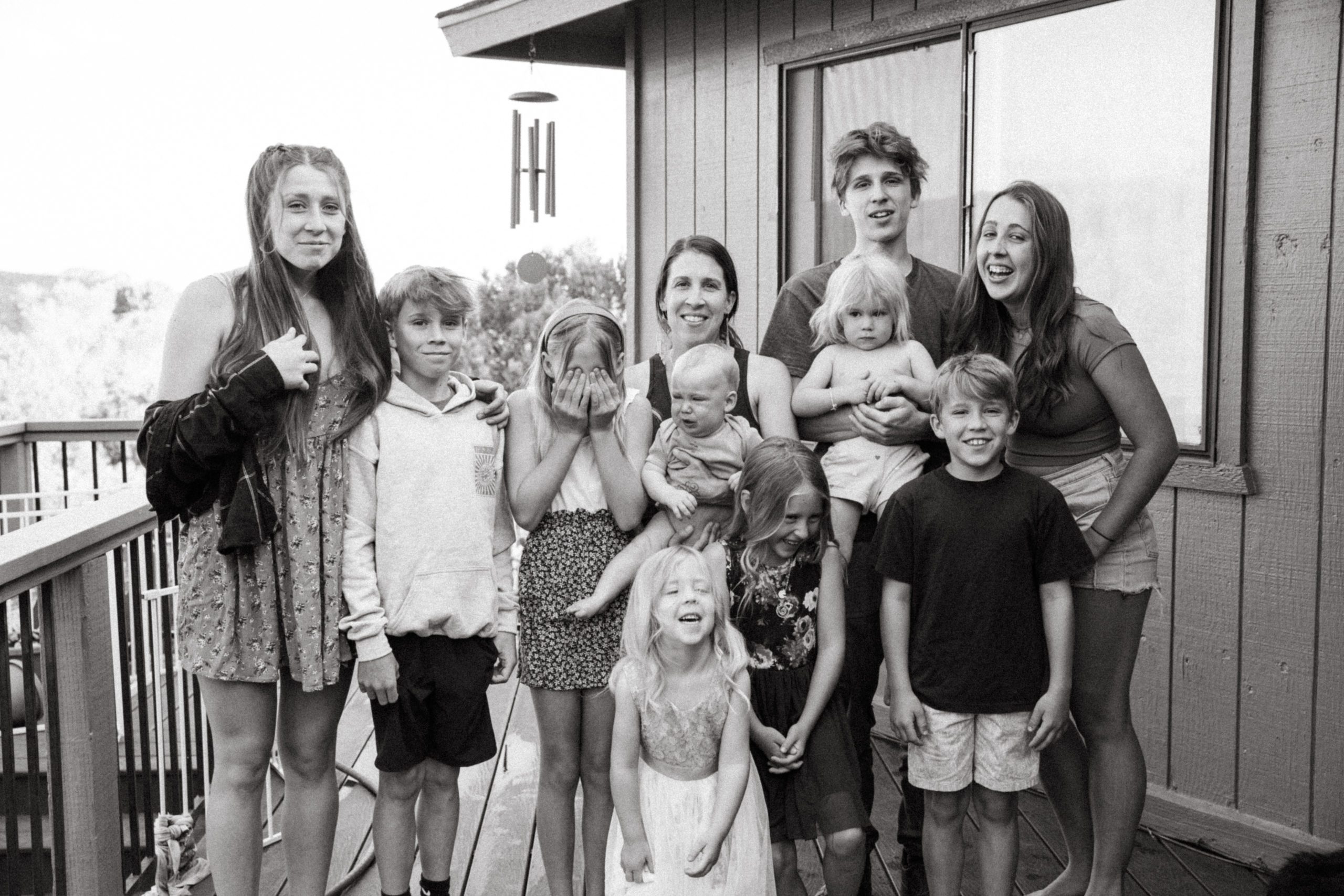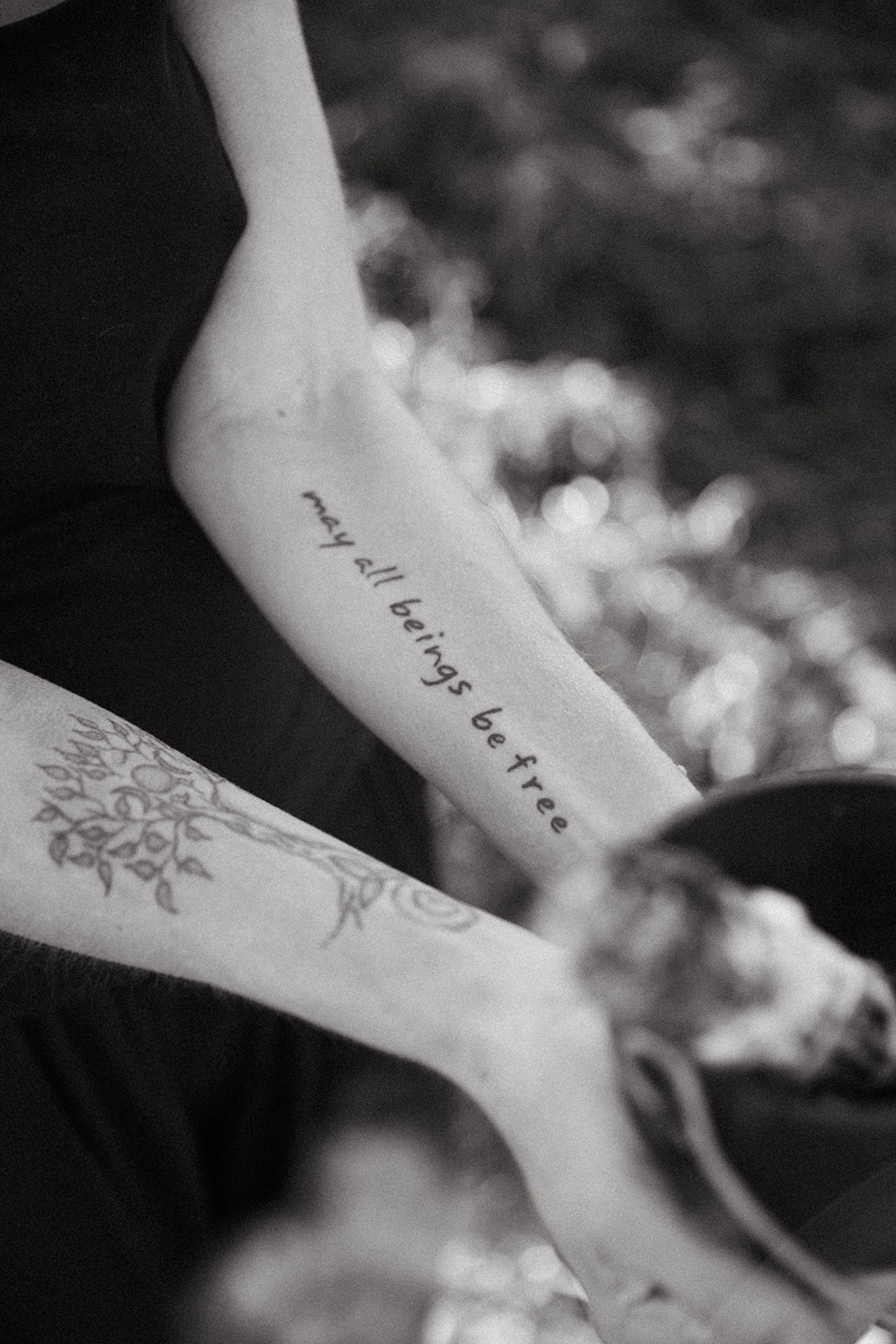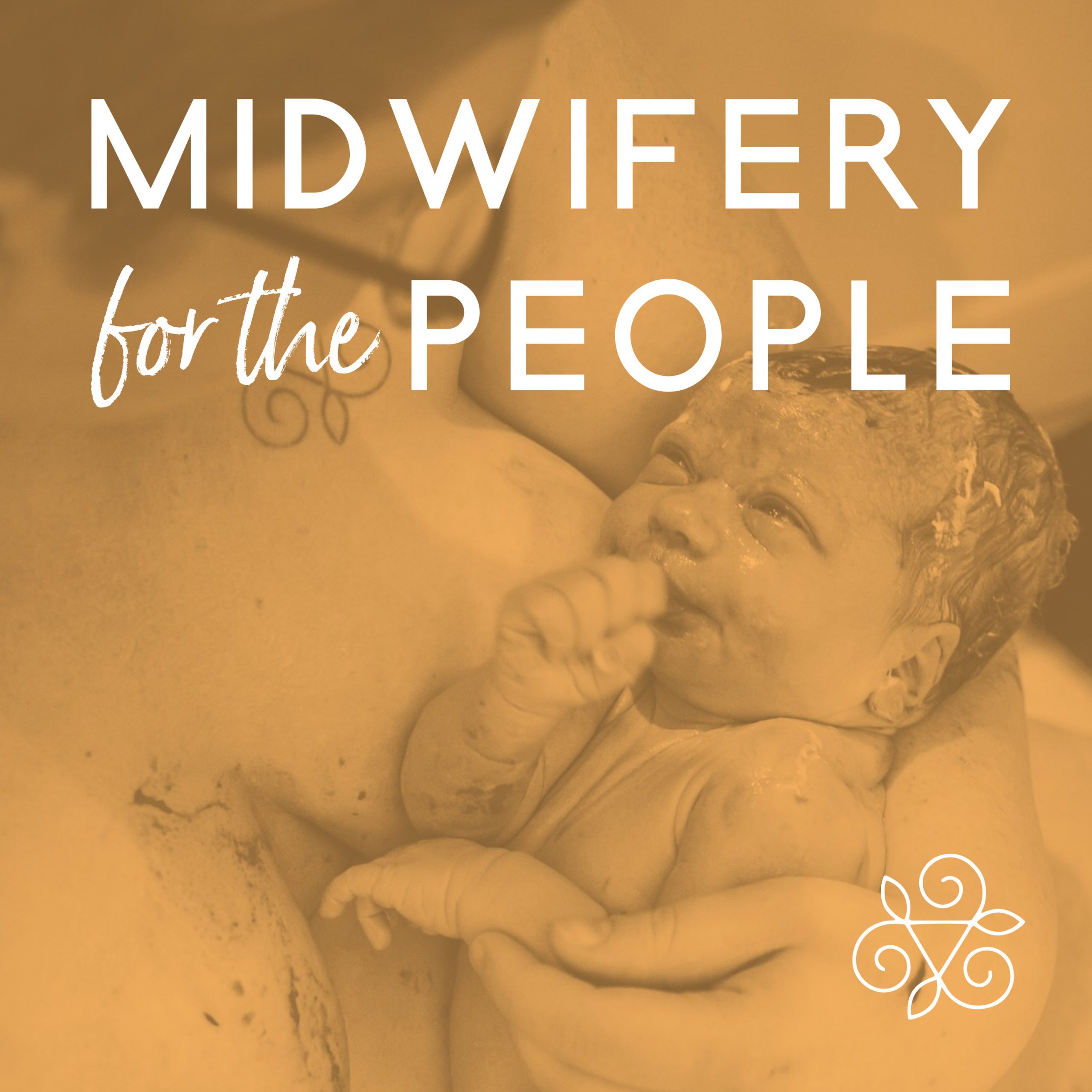A Case for Vaginal Twin Home Birth
by Cassie Snyder
According to U.S. estimates, the rate of C-sections for twin births jumped from 53 percent to roughly 75 percent between 1995 and 2008. Instead of treating the birth of twins as a medical crisis for which the mom must be subject to interventions and hospitalization, often including caesarean section, all women desiring to give birth to twins at home should be given that option, free from judgment, and supported to do so by their care provider of choice. A randomized study performed in Canada, showed the outcomes at birth remain the same regardless of how the babies are delivered. This essay will explore the benefits of having a twin home birth, what a twin home birth will allow contrasted to a hospital birth, what the risks are when deciding to have a twin home birth and some actions you could take to reduce those risks.
The chances of having a caesarean section are reduced if you plan for a home birth. Despite what may be communicated by your care provider, caesarean section comes with its own set of risks to you and your babies, such as the following:
Surgical injury (for both mother and babies)
Inflammation and infection of the membrane lining the uterus
Increased bleeding
Reactions to anesthesia
Blood clots
Wound infection
Increased risks during future pregnancies
Complications caused by NSAIDs used for pain relief after surgery, such as kidney failure or liver damage
Difficulty breastfeeding
More likely to experience postpartum depression
Less chance of removing the babies from the womb too quickly due to inaccurate ultrasound dating or incorrect ultrasound measurements of babies’ weights
Increased risk of abdominal adhesions
Awareness of the risks of caesarean section can influence your decision to birth your twins at home, however, it’s important to look at all angles rather than making a decision purely out of fear. Let’s explore some of the exciting, joyful reasons you might choose to birth you babies at home.
Having a twin home birth will allow the mother to move about freely without the annoyance of an IV pole, labor and birth in various positions of her choosing and remain in a setting that feels comfortable to her, potentially reducing her labor time. At home, mom will be free to eat and drink what she wants and as much as she wants. This will help keep her hydration, strength and stamina replete for the labor ahead. Hospitals are usually thought of as places for sick people and, despite efforts to keep the environment sterile, the risk of exposure to harmful bacteria and viruses from cross-contamination and strangers handling your babies presents itself. At home you can choose the people you want in attendance. This may include family members (children are not allowed in the labor and delivery room), doulas, acupuncturists, traditional birth attendants, homeopaths, energy workers, traveling midwives, whoever you would like to include as part of your support team instead of a room full of strangers. Being away from the hospital takes the choice of an epidural off the menu of pain relief options. While some may view this as a disadvantage, epidurals often cause a cascade of interventions that end in a caesarean section, not to mention nerve damage, urinary retention, decrease in placental blood flow and chronic back pain. And finally, having a home birth allows a mom to bring her babies into the world with a water birth. Not unheard of in a hospital, but not common, especially for the pushing stage.
To present twins as just as low risk as singleton births would be untrue. They have their own unique set of risks and the likelihood of needing emergency services is higher. Often one twin will be in a breech position. This is less of a concern when the breech baby is what is referred to as “Baby B”, the twin likely to be delivered last. Because “Baby A” will go first and widen the birth canal, he or she makes it less likely that the second twin’s head will become stuck. A baby stuck in the birth canal can cause compression of the umbilical cord potentially leading to brain damage or death. Having a breech twin can also make a cord prolapse more likely, however, if the bag or waters is left to be ruptured naturally, it seems less likely to occur. Twin to Twin Transfusion Syndrome (“TTTS”) is a condition that occurs when twins share the same placenta (usually they have their own, so this is rare) and blood flows unevenly from one twin to another. Twins that experience this condition may need immediate medical attention if one twin has too much blood and the other not enough. Another rare, but possible occurrence is that “Baby A” could be born, both placentas could detach (especially if there is cord traction and the placentas are fused) and “Baby B” could be left without an oxygen supply. Even in a hospital situation, it would be difficult to move fast enough to save “Baby B”, but certainly in a home environment, there would be little anyone could do to save that second baby.
If, after considering the above scenarios, you still wish to explore a twin home birth, there are some skills and qualities you can look for in a practitioner(s) to help mitigate your risk. If I knew I was carrying a breech baby, I would search for a practitioner familiar with the Louwen Maneuver. It’s a simple technique, named after the Frankfurt obstetrician that discovered it, Dr. Frank Louwen, and it quickly and easily dislodges a breech baby whose head is stuck without the use of traction. You may also look for a practitioner that has experience with infant resuscitation and the equipment on hand to do so if needed. Perhaps you may wish to do some sleuthing and find out if the practitioner you’ve chosen has established a working relationship with hospital staff making for easier transport should an emergency occur. How might you feel if you find that they have a reputation with the local hospitals as being a renegade, in which case, they may not feel comfortable accompanying you to the hospital?
There are a few other quick points to consider as you make your decision. Firstly, how far are you from the nearest hospital with labor and delivery facilities? Have you had ultrasound scans in order to determine the positions of your babies (multiples are difficult to palpate), to determine the placement of the placenta(s) and to rule out the possibility of the twins sharing a single placenta? I would recommend being prepared for several different outcomes by preparing three different birth plans; one for a home birth; one for a hospital vaginal birth; and one for a “family-centered c-section” so that you are familiar with that process and can request options that will make that experience slightly better should you need to have a c-section. Have a hospital bag packed and ready by the door – even the best laid plans can go awry in a moment’s notice. Also analyze your reasons for your desire to have a twin home birth and get to know yourself by assessing your risk tolerance. Some people feel more comfortable being in the driver’s seat, so to speak, and some people are more comfortable being a passenger and leaving it in the capable hands of a professional. Finding out where you fall on this spectrum can help when making your decision. If you’re unsure about your personal risk tolerance, try taking this quiz: http://www.humanmetrics.com/rot/rotqd.asp. Lastly, read as much as you can. I would encourage you to read studies, books, articles, personal blogs and explore various Facebook groups to gather as much both scientific and anecdotal information as you can about the points of consideration this essay highlights and the ones it may have missed entirely.
In conclusion, as you can see, this is a multi-faceted decision and each case will vary once you’ve factored in the circumstances that make your twin pregnancy entirely unique. Nobody has more skin in the game than you and your unborn children, so you need to be able to hope for the best and plan for the worst. I hope this essay has provided more insight and given you some new points to ponder and take a deeper dive into as you go forward. Birth, including birth of multiples, is a function of nature. Women have been doing it for thousands of years with the support of other women within their community. By taking steps to hire the right team, and discovering your particular circumstances while assessing the risks associated therewith, I am confident that you will be able to navigate the labyrinth that stands before you and come out the other side feeling empowered about your decision, be it home birth, hospital birth or some variant in between.
REFERENCES:
1. Pearson, Catherine. “Time To Change How Twins Are Delivered?” HuffPost Canada, HuffPost, 2 Oct. 2013, www.huffingtonpost.ca/entry/twin-birth-c-section_n_4030971.
2. Caesarean No Safer than Vaginal Delivery for Twins – Sunnybrook Hospital, Canadian Institutes of Health Research (CIHR), 11 Feb. 2013, sunnybrook.ca/media/item.asp?i=904.
3. “C-Section Risks.” Mayo Clinic, Mayo Foundation for Medical Education and Research, 4 Aug. 2015, www.mayoclinic.org/tests-procedures/c-section/basics/risks/prc-20014571.
4. Garnett, Leah R. “Pain Relief at a Price.” Harvard Health – Strong Medicine, Harvard Health, harvardmagazine.com/1996/07/health.html.
5. Hobbs, Amy J., et al. “The Impact of Caesarean Section on breastfeeding Initiation, Duration and Difficulties in the First Four Months Postpartum.” BMC Pregnancy and Childbirth, BioMed Central, 26 Apr. 2016, www.ncbi.nlm.nih.gov/pmc/articles/PMC4847344/.
6. Mann, Denise. “C-Section Affects Moms’ Response to Baby.” WebMD, WebMD, 4 Sept. 2008, www.webmd.com/baby/news/20080904/c-section-affects-moms-response-to-baby#1.
7. Morrison, John J., et al. “Neonatal Respiratory Morbidity and Mode of Delivery at Term: Influence of Timing of Elective Caesarean Section.” BJOG: An International Journal of Obstetrics &Amp; Gynaecology, Blackwell Publishing Ltd, 19 Aug. 2005, onlinelibrary.wiley.com/doi/10.1111/j.1471-0528.1995.tb09060.x/full.
8. Patterson, Dr. C. Richard. “Abdominal Adhesions and C-Sections.” LIVESTRONG.COM, Leaf Group, 14 Aug. 2017, www.livestrong.com/article/197224-abdominal-adhesions-c-sections/.
9. Wagner, Marsden. “Fish Can’t See Water.” Birth International, 10 Feb. 2016, birthinternational.com/article/birth/fish-cant-see-water/.
10. “Umbilical Cord Compression.” Birth Injury Guide, www.birthinjuryguide.org/birth-injury/causes/umbilical-cord- compression/.
11. Cohain, Judy Slome. “Amniotomy and Cord Prolapseby Judy Slome Cohain.” Amniotomy and Cord Prolapse – by Judy Slome Cohain, www.midwiferytoday.com/articles/amniotomy.asp.
12. www.tttsfoundation.org/medical_professionals/what_is_ttts.php.
13. Cohain, Judy Slome. “Should A Woman Having Twins Have A Home Birth Or Hospital Birth?” GreenMedInfo – The World’s Natural Health Resource, 2 July 2015, www.greenmedinfo.com/blog/should-woman-having-twins-have-home-birth-or-hospital-birth-1.
14. Freeze, Rixa. “Frank Louwen: Maneuvers for Resolving Complicated Breech Birth.” Stand and Deliver, 19 Dec. 2016, rixarixa.blogspot.ca/2016/12/frank-louwen-maneuvers-for-resolving.html.





+ show Comments
- Hide Comments
add a comment